Nigeria accounts for the largest volume of detected pangolin scales illegally traded from Africa. Between 2010 and 2021, 190,000kg of scales – representing nearly 800,000 African pangolins – were seized in shipments linked to Nigeria, despite a ban on international trade.
Pangolins are scaly mammals found across Asia and Africa. They are considered the world’s most trafficked wild mammals and they are exploited in different ways on different continents.
In Asia, mainly China, their scales are used in large-scale therapeutic medicines, despite not having known medicinal properties. Their meat is consumed as a delicacy, so it’s expensive and highly sought after.
Credit: Alex Moore
In Africa, pangolin scales are mainly used in small quantities to make traditional medicines and, like most other wildlife on the continent, their meat is sold and consumed locally. However, the decline in Asian pangolin populations has prompted the trafficking of African pangolin scales to Asia.
Due to the relatively recent rise in international demand, the drivers of African pangolin exploitation remain unclear. However, some conservationists and researchers propose that this exploitation is primarily driven by overseas demand for pangolin scales used in traditional medicine.
My new study challenges this view and suggests that African pangolin exploitation is motivated more by local demand for meat than international demand for scales.
Having grown up in Nigeria, I developed personal connections with many of the hunters and vendors and have spent the past five years building a trustworthy relationship with them in order to research pangolin trade from within the industry.
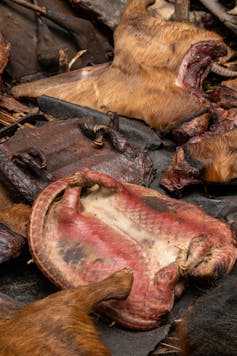
Credit: Alex Moore
My colleagues and I sent an anonymous questionnaire to 590 hunters and 219 wild meat vendors in 33 locations in southeast Nigeria. We wanted to find out how many pangolins they caught annually and how they were captured. We also asked what their motivations for hunting were, how much they sold pangolin products for and the subsequent uses of meat and scales.
Given that pangolin meat is eaten as food, we asked another group of 570 hunters, vendors, and other household members to score the palatability (perceived sensory qualities of meat flavour and texture) of 96 meat and fish dishes consumed in Nigerian communities.
Of the approximately 21,000 white- and black-bellied pangolins, which we estimated were killed annually across the hunters in the landscape between 2020 and 2023, 97% were captured opportunistically (that is, while performing activities other than hunting) or during general hunting. Of those, were picked up by hand – these animals weigh just 2-3kg on average and are relatively slow-moving.
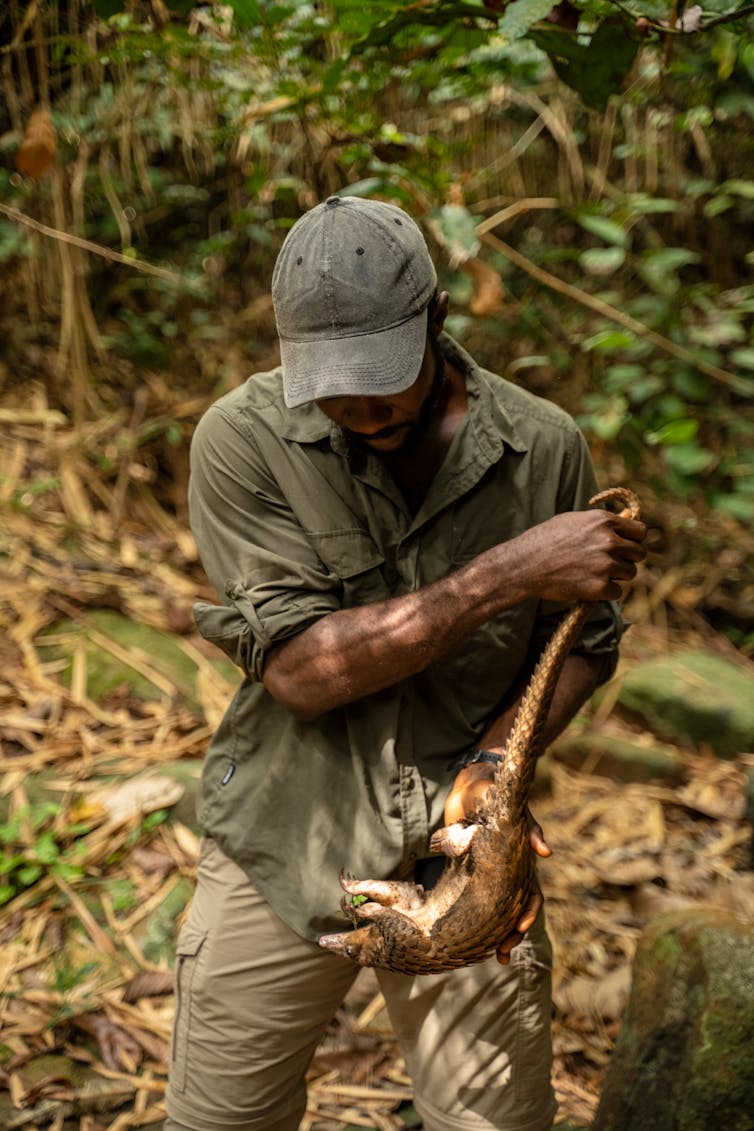
Joel Porter
Surprisingly, 98% of captured pangolins were caught for their meat, with 71% eaten by the hunters and 27% sold locally. This high rate of personal consumption compared to local sales is likely driven by their exceptional taste. In southeast Nigeria, the three pangolin species eaten scored highest in palatability among 96 wild meats assessed, and were comparable only with the African brush-tailed porcupine.
By comparison, rural southeast Asian communities increasingly forego eating the pangolins themselves and instead sell them to urban centres because they get high prices for meat and scales.
Most of the pangolin scales (70%) were discarded. Less than 30% were traded illegally. We also found that, on a per-animal basis, pangolin scales have been three to four times lower than meat since 2010, when Nigeria’s first pangolin scale seizure was documented.
Beyond Nigeria
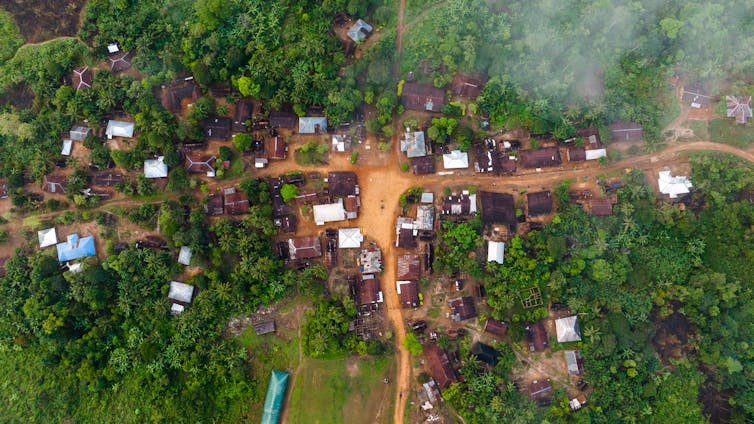
Credit: Joel Porter
While our study focused on pangolin trade in southeast Nigeria, our findings likely apply to other African forest regions where pangolins make up a similar proportion of the hunters’ total catch and where the price of scales is comparable.
Our analysis only applies to white- and black-bellied pangolins; but this is still substantial as they make up approximately 98% of African pangolins trafficked internationally (based on seizure data) and 96% of pangolins caught by hunters across central and west Africa (based on hunter offtake data from six countries).
Securing the future of African pangolins demands a bold shift if they are primarily being hunted for meat rather than scales, as appears to be the case in southeast Nigeria. Anti-trafficking measures alone won’t protect pangolins if hunting for local consumption remains unchecked.
Promoting alternative protein sources or sustainable livelihoods for hunters could help reduce wild meat dependence. As current global trade bans don’t always reflect local hunting motivations, understanding why people hunt protected species and how they get traded both locally and globally will be crucial in developing conservation strategies that will tackle the root of the problem and encourage a transition to more sustainable practices.

Don’t have time to read about climate change as much as you’d like?
Get a weekly roundup in your inbox instead. Every Wednesday, The Conversation’s environment editor writes Imagine, a short email that goes a little deeper into just one climate issue. Join the 45,000+ readers who’ve subscribed so far.
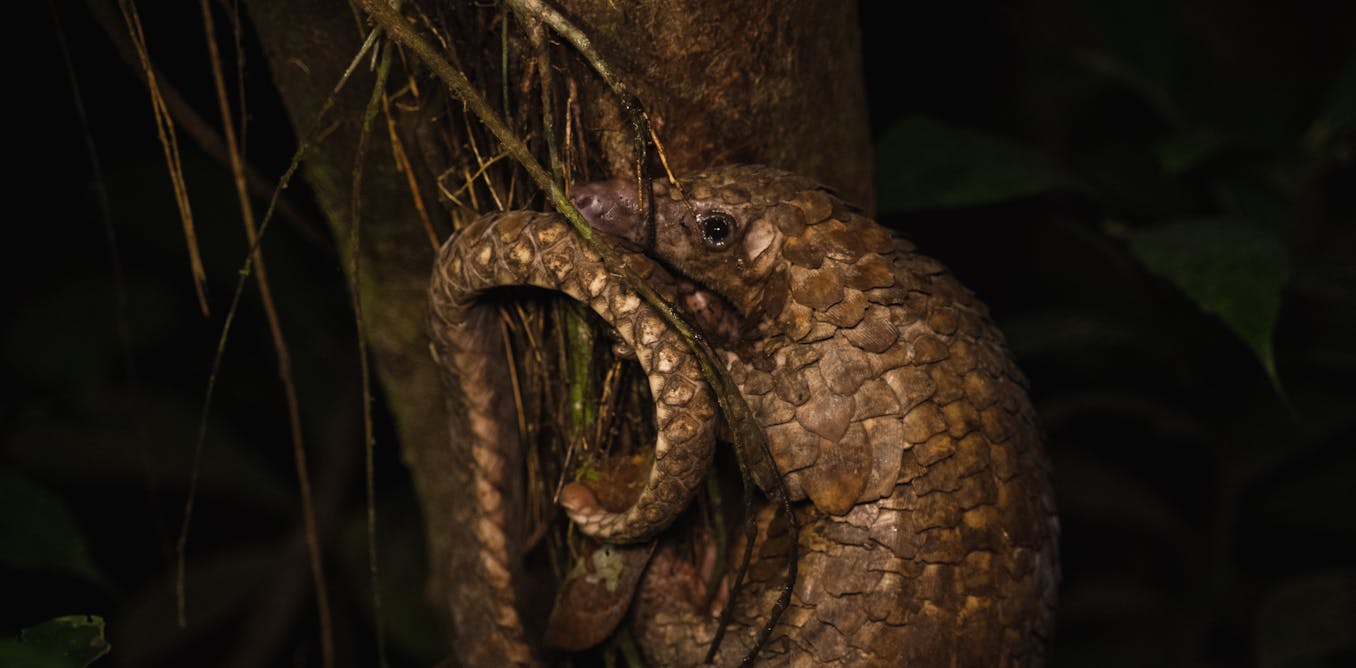
The post “Why anti-trafficking measures alone won’t save Africa’s pangolins” by Charles Emogor, Schmidt Science Postdoctoral Fellow, Department of Zoology, University of Cambridge was published on 06/13/2025 by theconversation.com










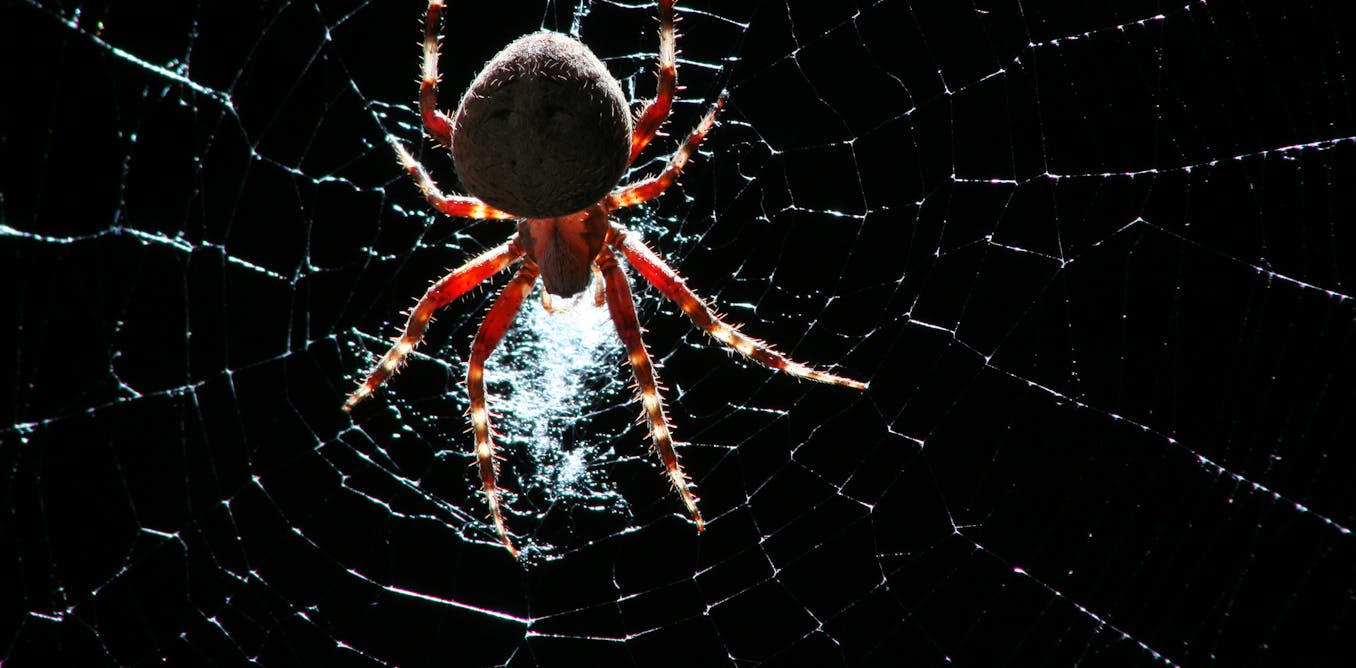


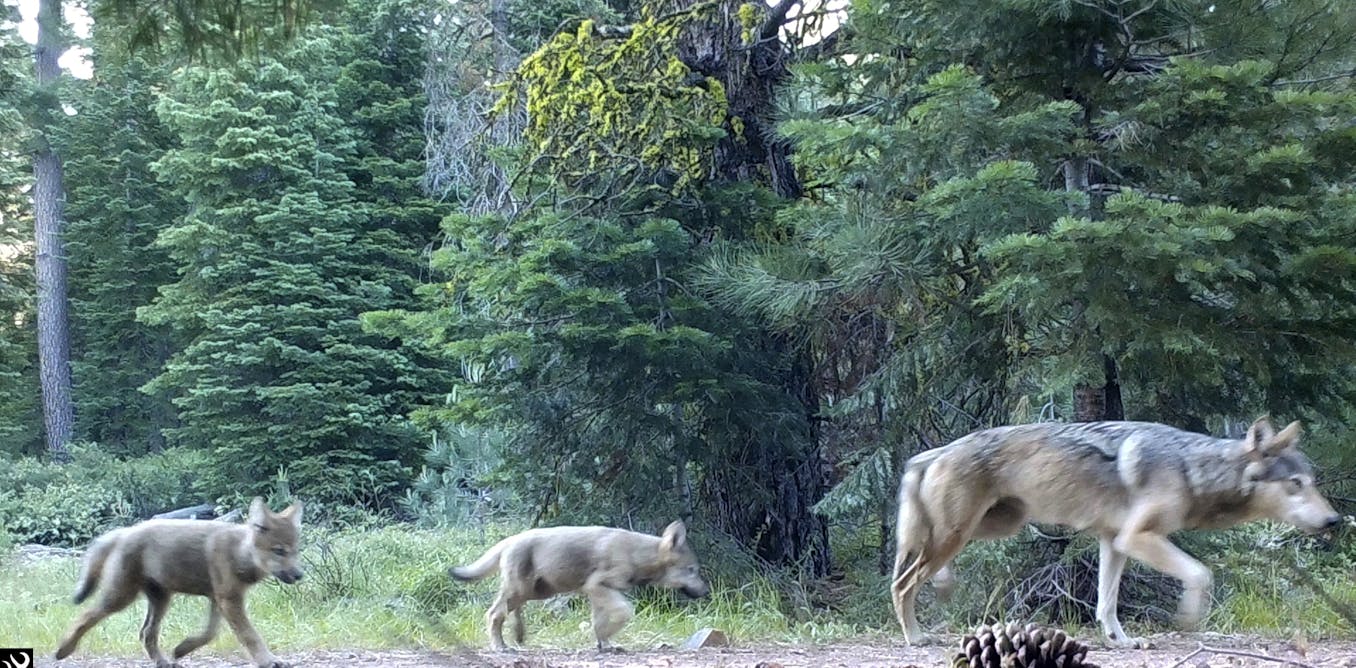
















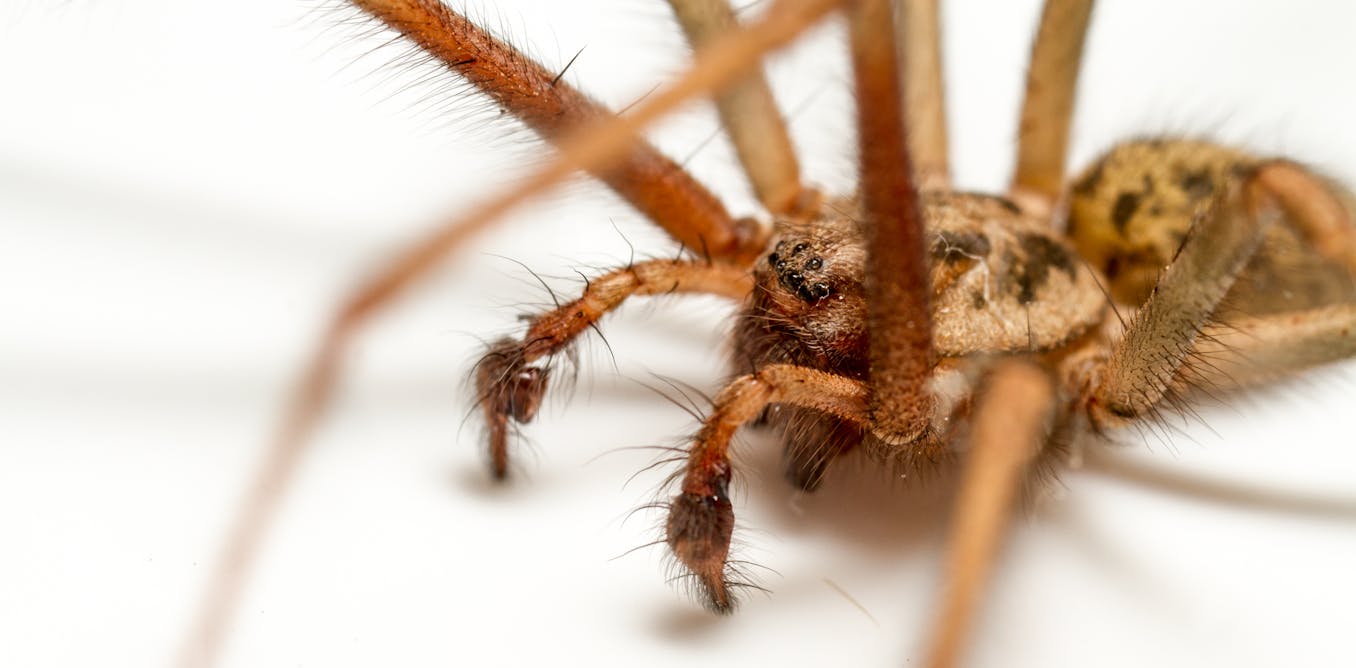

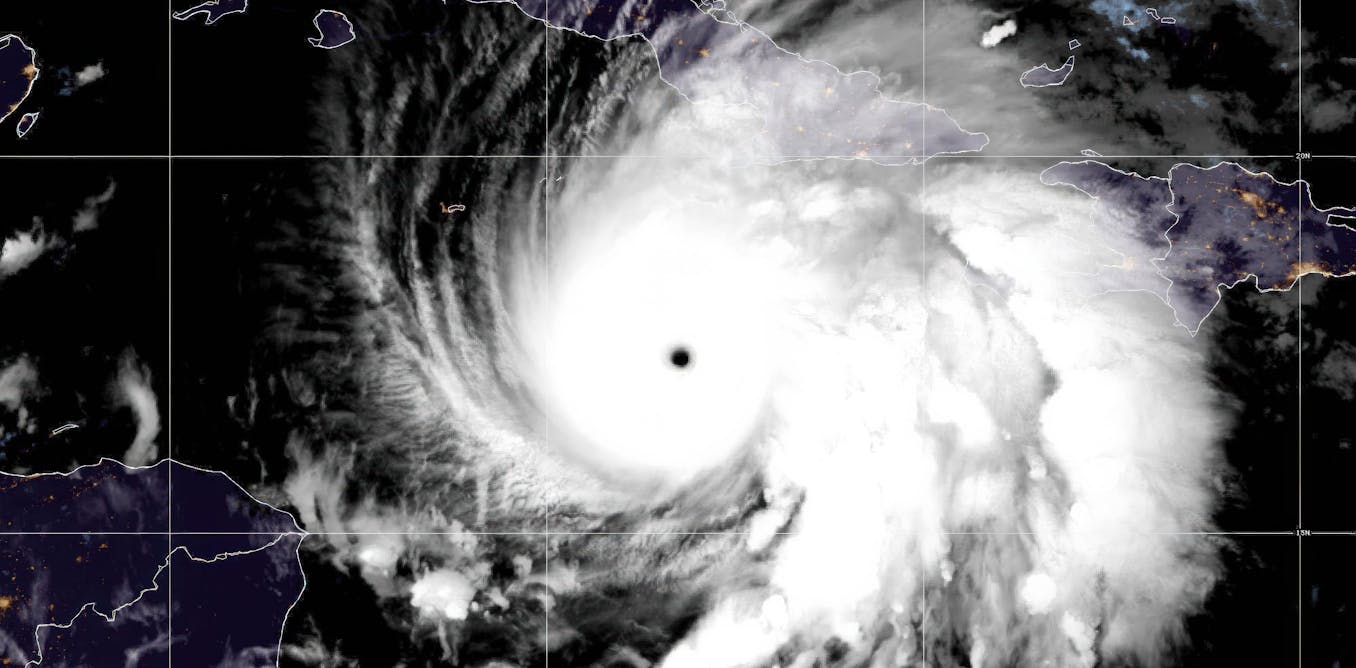

Leave a Reply